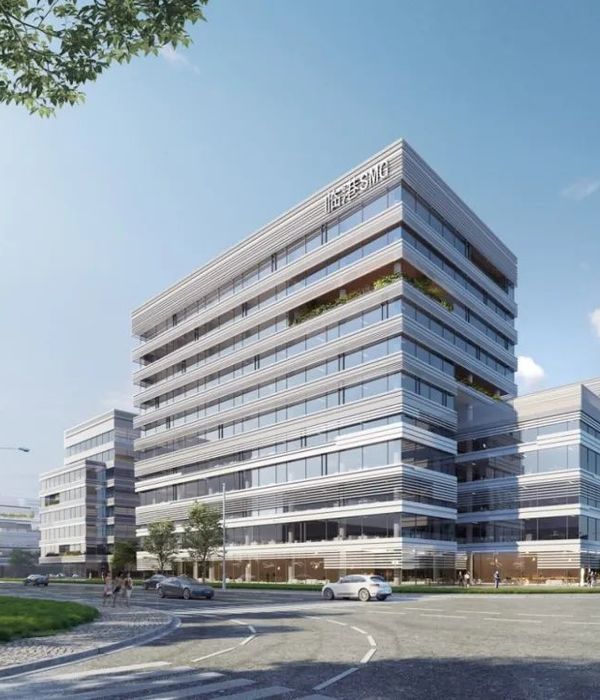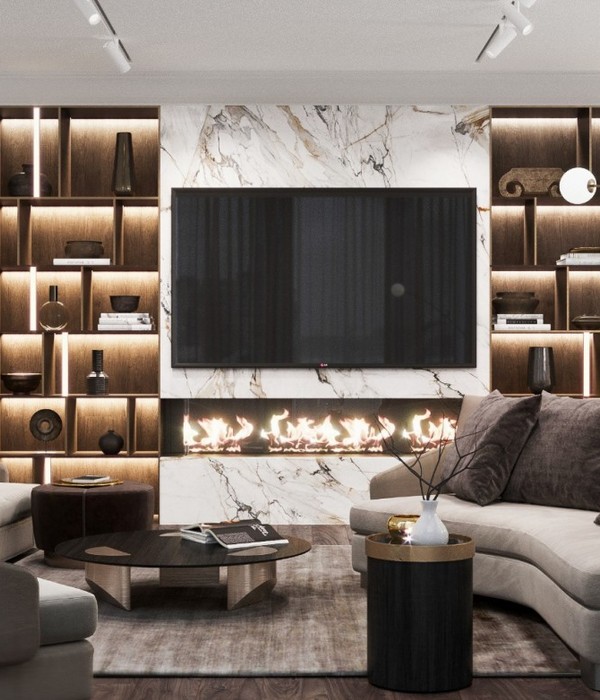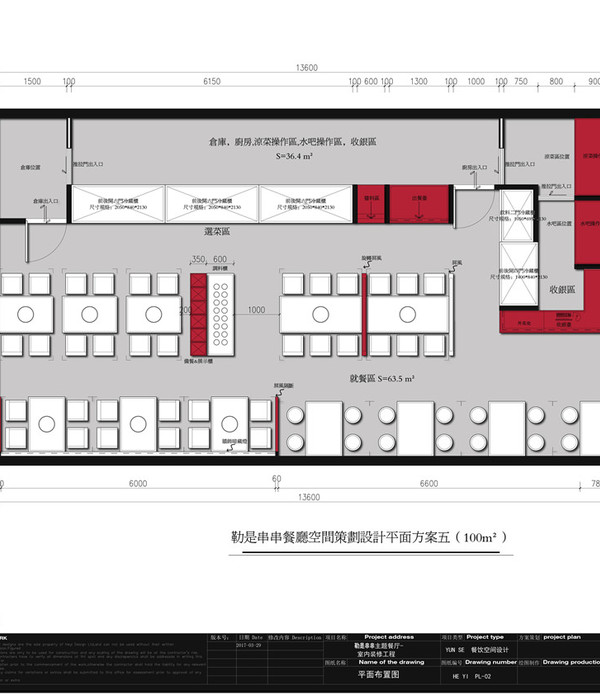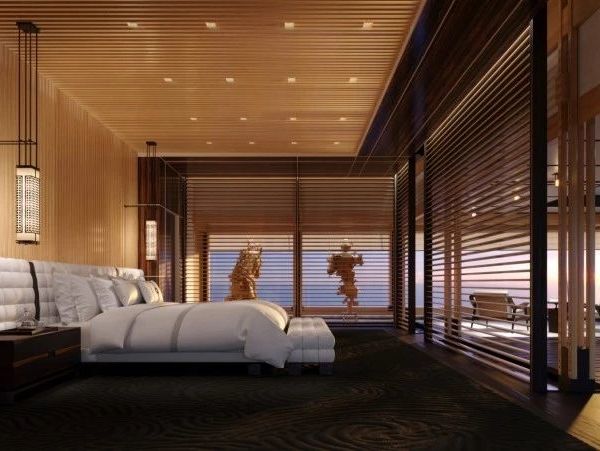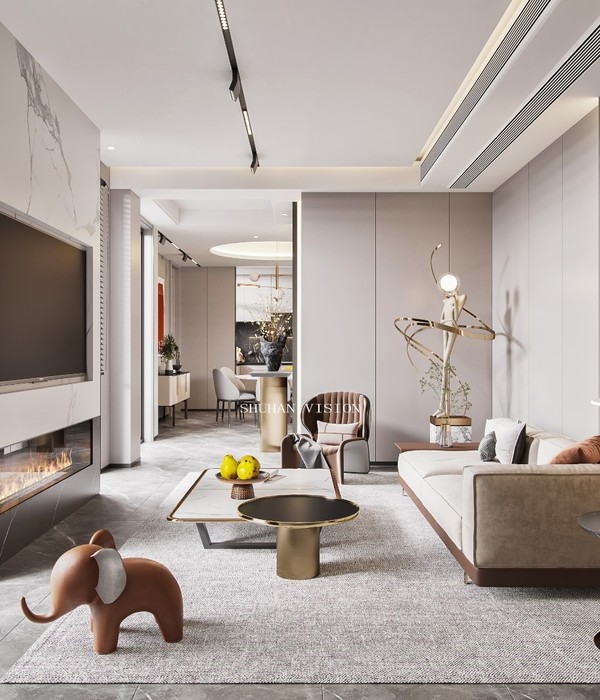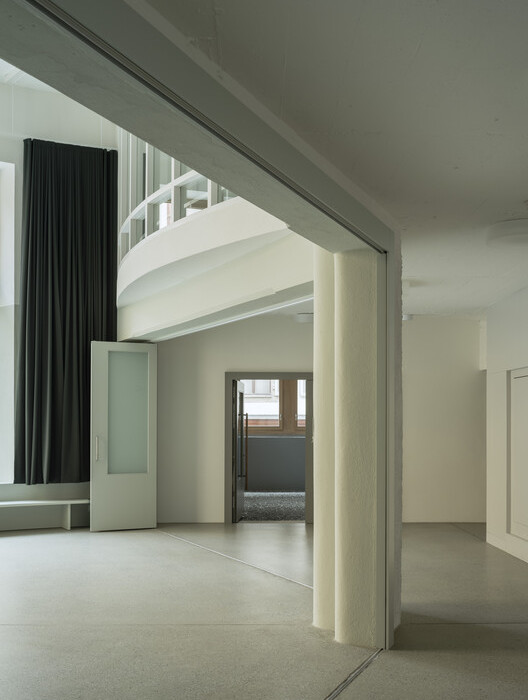Architects:Lionel Leotardi Architecture, Veronique Descharrieres
Area :250 m²
Year :2021
Photographs :Philippe Roguet
Structural Engineering Company :Bucci & Partners
Construction Site Management :Balmo
Masonry :Maltez Construction
Roof Cladding :Leny
Team Members : Alice Dufourmantelle, Sylvain Saint-Père
Electrical Works : Watt Matters
Inspection : Socotec
Metalworks : Bourgogne Charpente Métallique
Master Steelwelder : Métallerie Chatre
Exterior Joinery : Hyline Building Systems
Plumbing And Drainage : Fluid’air
City : Tassin-la-Demi-Lune
Country : France
Designed by VEDEA - Véronique Descharrières Architecte and LLA Lionel Leotardi Architecture, the Villa Béa is located on a private parcel in the village of Tassin-la-Demi-Lune, near Lyon, France. As a pavilion set in a garden, its integration into the wooded surroundings is accentuated by neighboring historical edifices and impressive centenary trees.
The adjacent buildings encircling the roughly 3,000 m² sites shield it from having direct access to the public streets and give the parcel a secluded quality. A metal enclosure borders the property limits and prevents direct sight lines to the interior of the site. This allows the new house to take advantage of its intimate setting and open onto the wooded area.
The Villa Béa consists of adjoining rectangular volumes of 6 m x 16.5 m, organized in an L-shaped configuration. This layout emphasizes the private nature of the house, in addition to reinforcing the concept of creating a house with a singular architectural reading. The project’s architectural identity is primarily attributed to its linear thermo-lacquered structural steel framework, which sits on piloti-type foundations in order to prevent damage to the root structures of the surrounding trees.
The mechanically welded assembly, which serves as a large overhang and shading device, liberates the façade from columns and creates a protected exterior walkway in front of the large glazed surfaces that provide panoramic views of the site.
The metallic envelope is coated in a uniform finish that heightens the sculptural dimension of the steel structure. This perception is reinforced via architectural details that conceal joints, mechanical equipment, and lighting fixtures.
Primary living spaces such as the main bedroom, living room, and kitchen are located along the glazed façades, with service and secondary zones situated at the back of the house. The drop-ceiling and the floor surfaces incorporate a hydraulic radiant thermal regulation system adapted to the morphology and to the structure of the house and is also hidden in recesses so as to preserve the uniform spatial reading.
▼项目更多图片
{{item.text_origin}}


